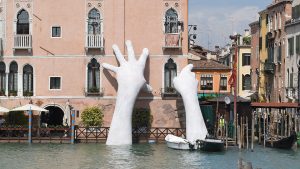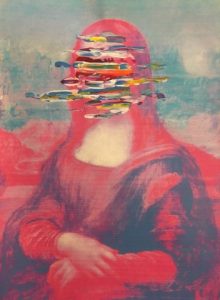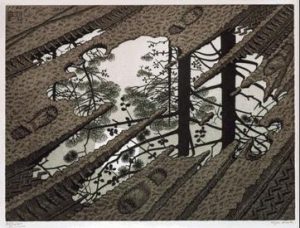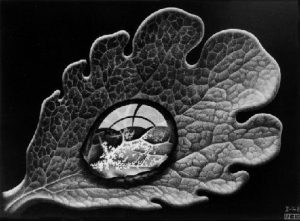Lorenzo Quinn
Support, 2017
On the 13th of May, Lorenzo Quinn launched his new monumental sculpture at the Ca’ Sagredo Hotel, during the Venice Bienalle, 2017.
‘Support’ has been designed to address the environmental and global climate issues facing today’s society. Quinn uses the two gigantic hands as a force of nature that braces the historic building, both reinforcing it in the face of decay while at the same time suggesting a force of nature equally capable of destroying it.
“I wanted to sculpt what is considered the hardest and most technically challenging part of the human body. The hand holds so much power – the power to love, to hate, to create, to destroy,” -Lorenzo Quinn.
This reflects the fragility of our built and natural environment and its vulnerability to the forces of nature and man. Quinn takes a liberal stance on climate change and addresses the ability for humans to make a change to impact the world around them – environmentally, economically and socially. Overall, ‘Support’ forces the viewer to come face to face with reality and the social impact that climate change has had on our planet.
‘Venice is a floating art city that has inspired cultures for centuries, but to continue to do so it needs the support of our generation and future ones, because it is threatened by climate change and time decay,’ Lorenzo Quinn.
Bibliography:
Halcyon Gallery [online]
London
Available from: https://www.halcyongallery.com/exhibitions/lorenzo-quinn-at-the-venice-biennale [Accessed 3rd December 2017]









